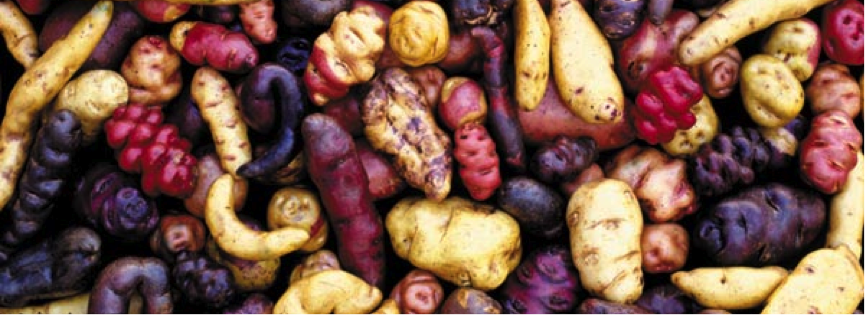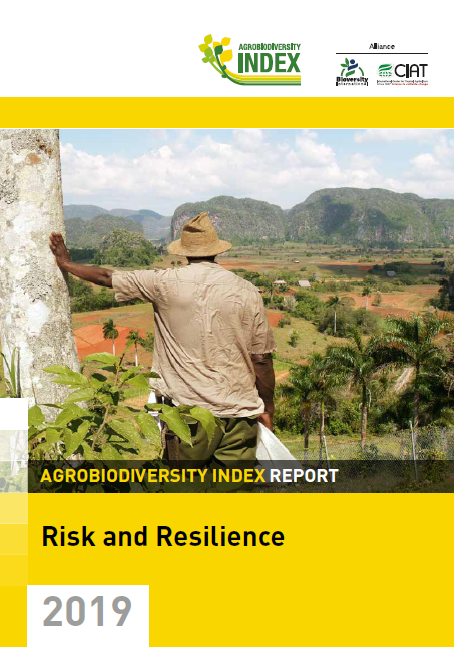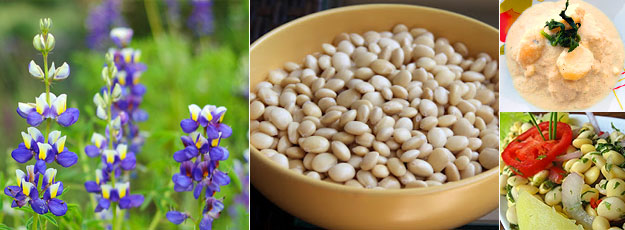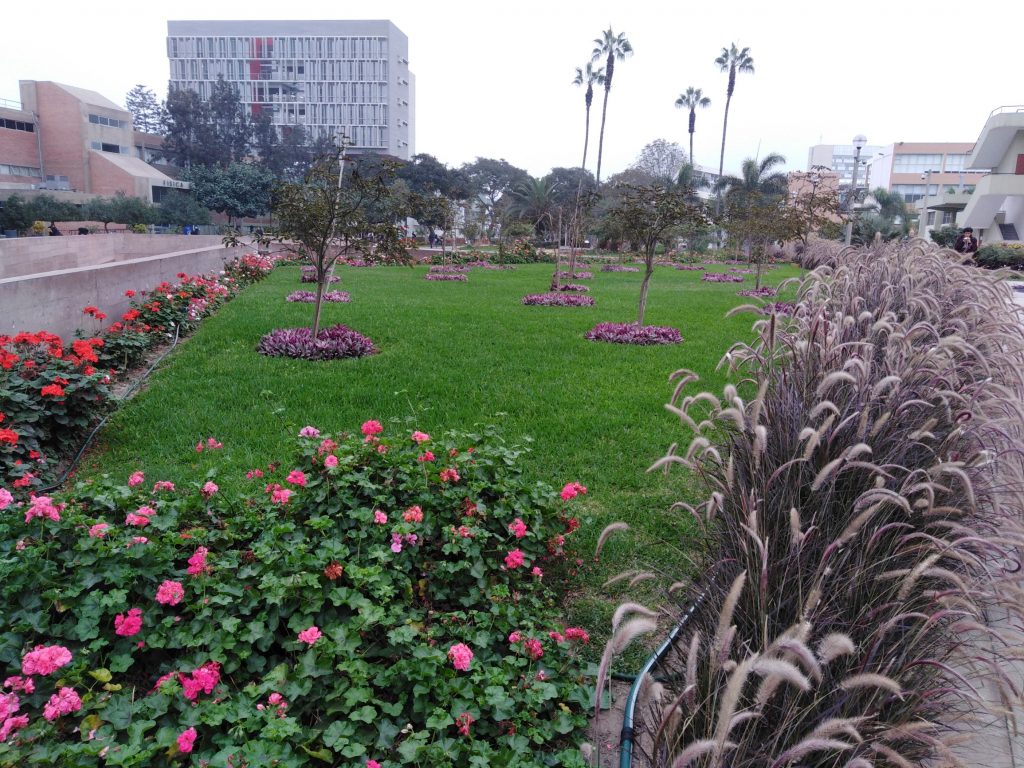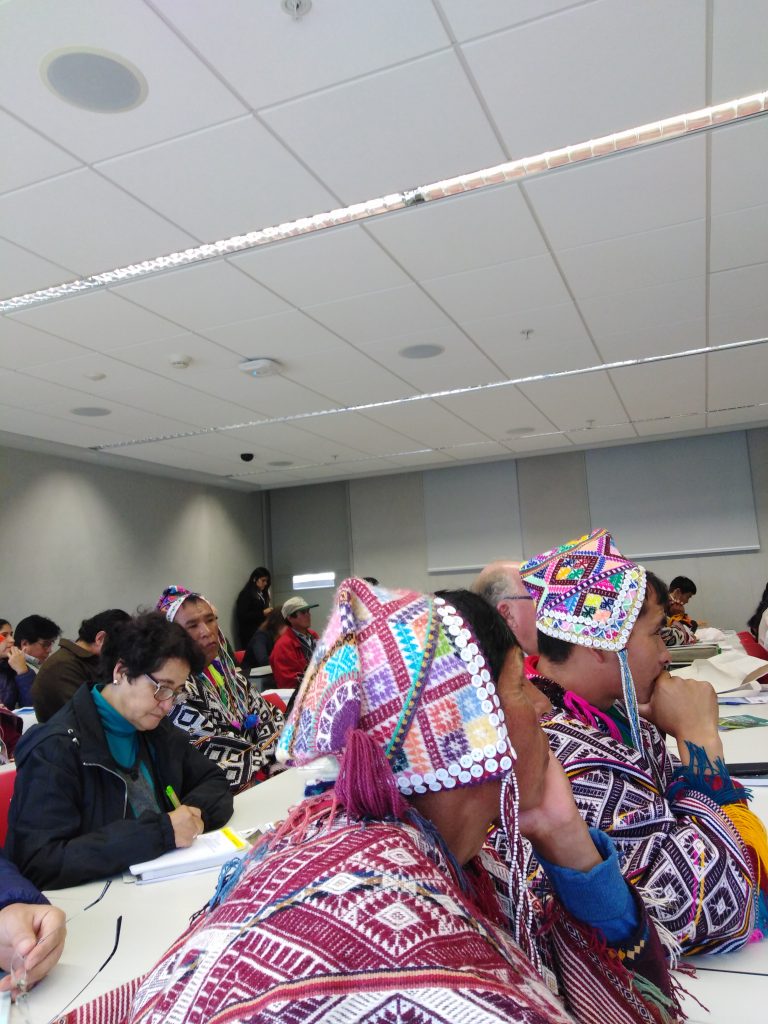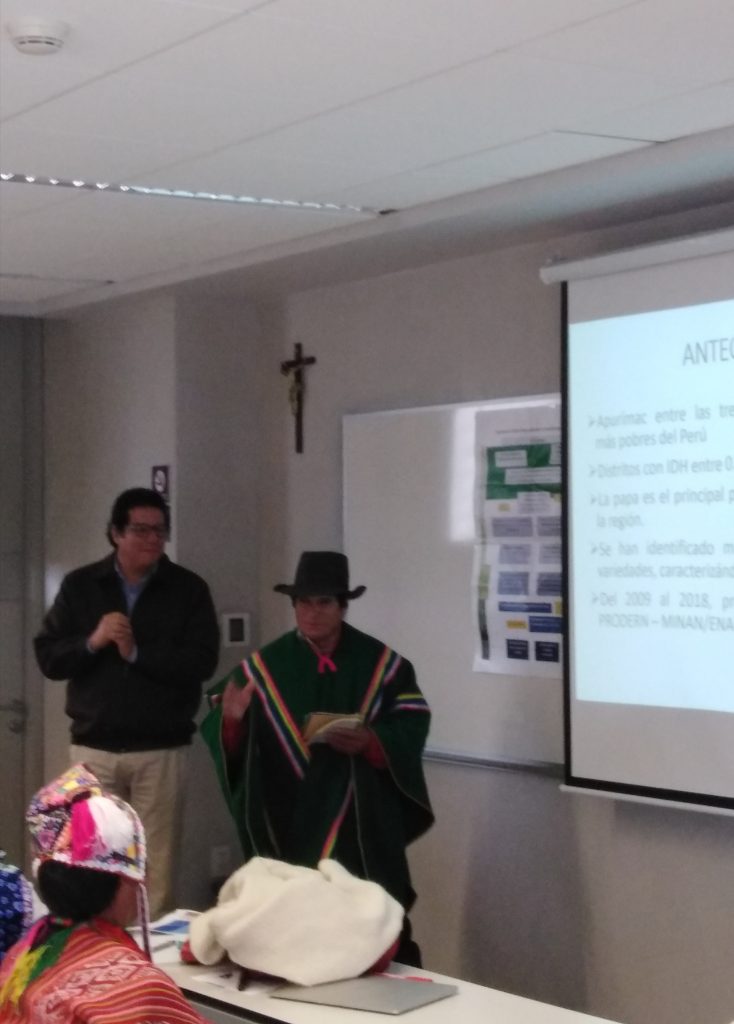Last Thursday and Friday there was an event in Junin to show off their pilot program. I went to see what the system really looks like - and to get some sun.
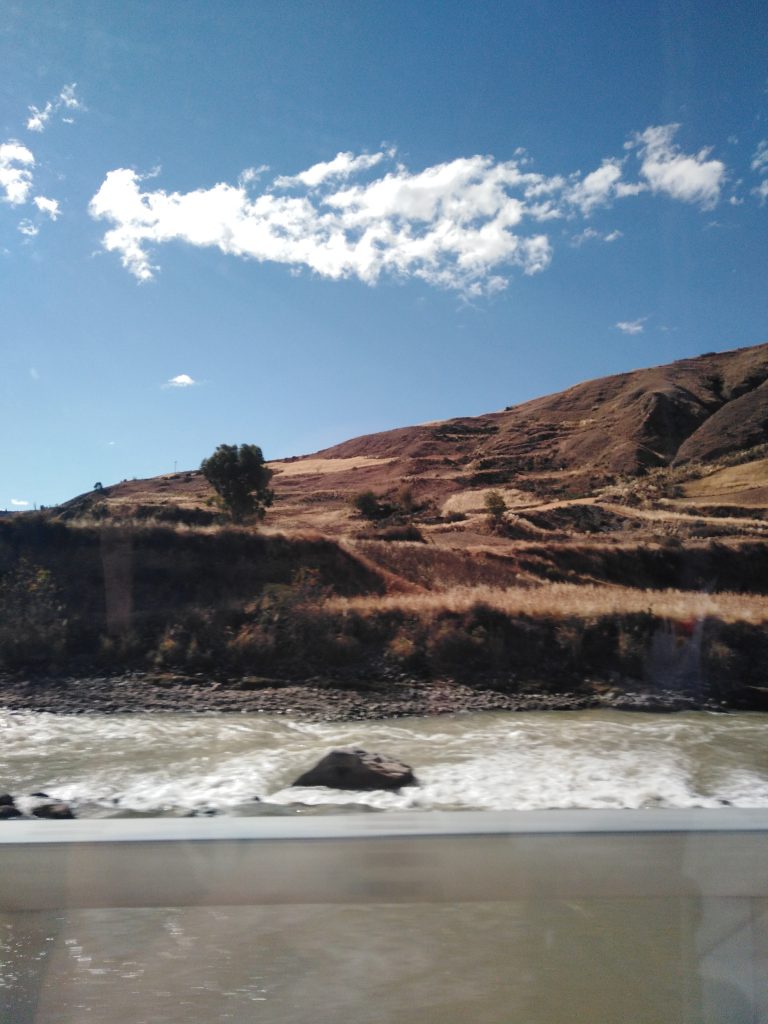
Junin's capital, Huancayo is in the Andes east of Lima, at a high enough elevation that it catches your breath.
The event was attended by representatives of the FAO, Peruvian universities and development organizations, farmers who contribute to the program, municipalities from Junin that participate in the pilot or who are contemplating participation, and the municipalities of Piura, Arequipa, and Lima. Lima had a large delegation and its own photographer; the man leading the delegation was feted everywhere we went, giving me the impression that the event was in part a sales pitch to Lima - this makes sense, as metropolitan Lima houses about a third of the Peruvian population.
The first day was a series of presentations, followed by an excursion on Friday to a preschool, several farms, and the processing plant that the producers use.
The preschool rolled out the red carpet for us: they cheered as we entered the school, and after we saw the kitchen and went into a couple of the classrooms, we were shepherded into their auditorium, where a group of the cutest children danced for us in traditional costumes.
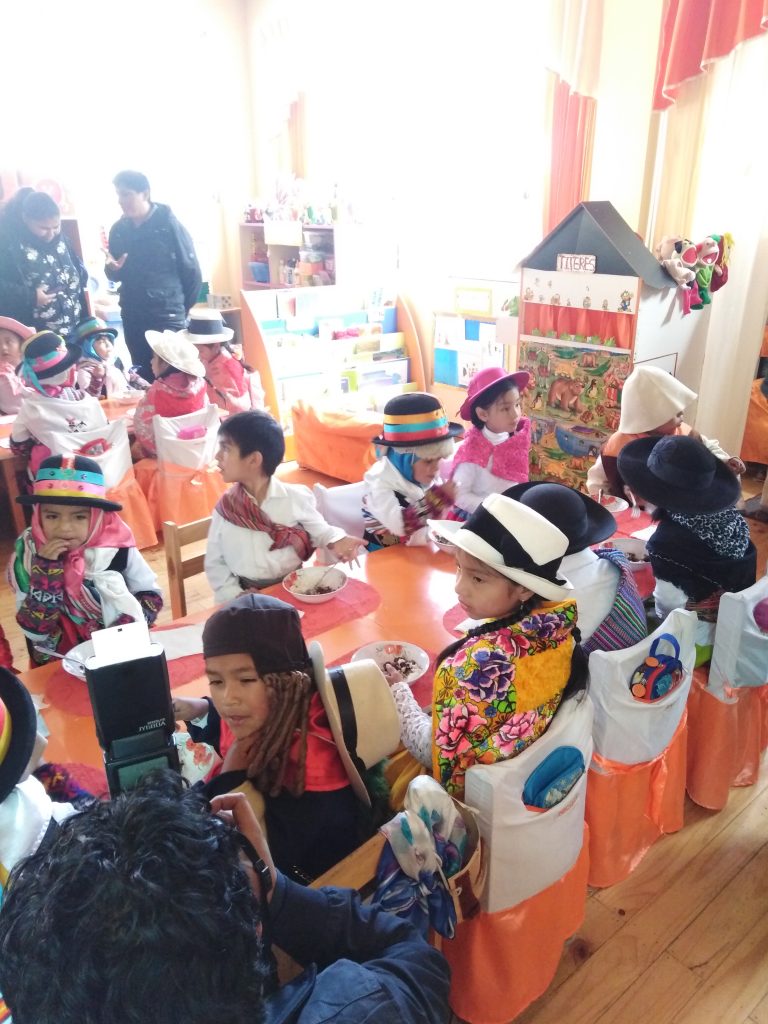
It was very obvious that this part of the day had a few purposes: 1. for the municipality of Huancayo to show what it does for its citizens; 2. to impress the attendants of the event. These events make a lot of sense when you think about how 'invisible' this pilot program is - when a mayor builds a park, there's lasting physical evidence, but when you provide good nutrition to a child, the effects of that good nutrition are not immediately apparent. Having an event like this (with pictures to splash all over the newspaper) makes the invisible much more visible.
After the brouhaha at the school, we visited three farms in the town of Pucara:
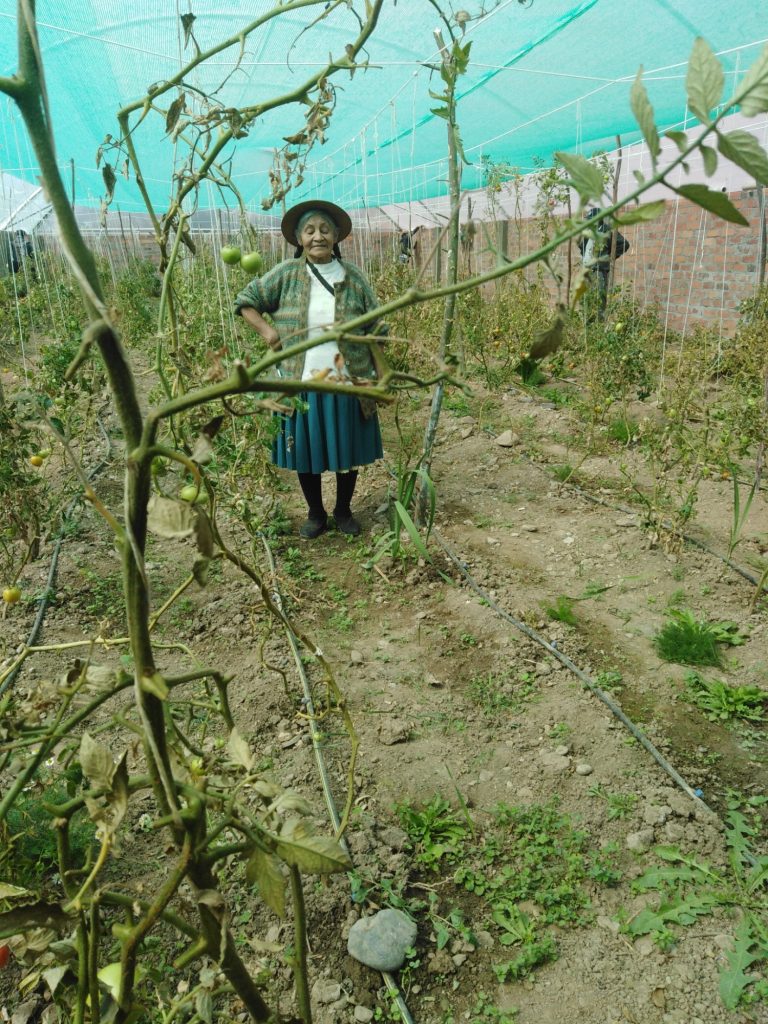
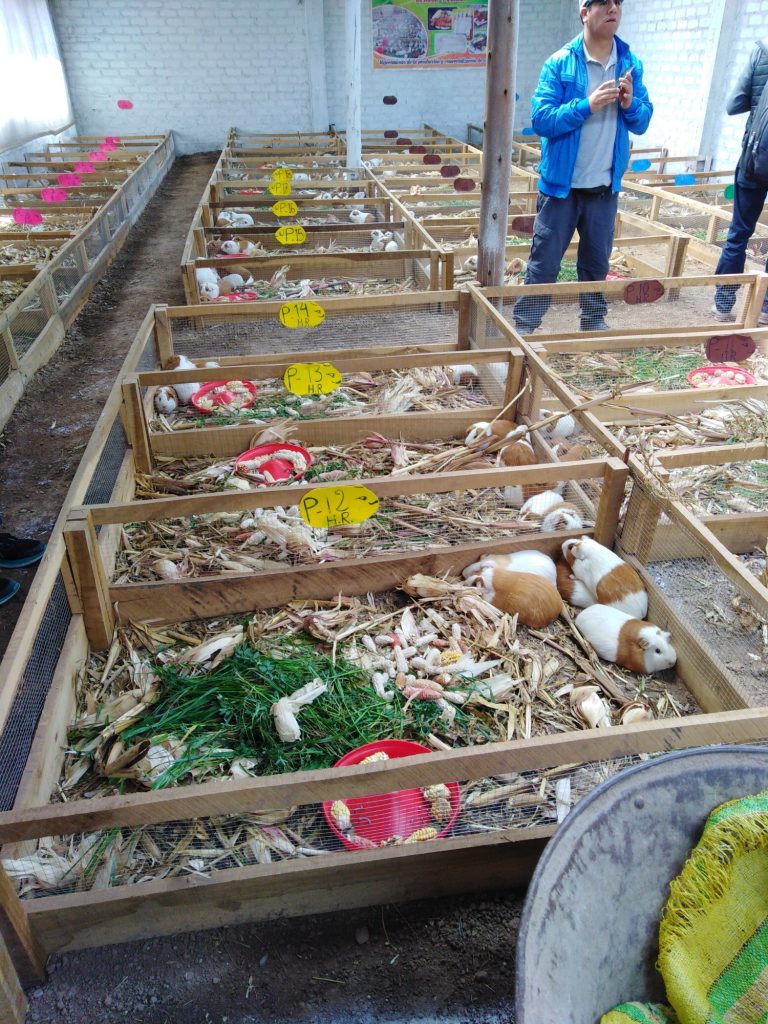
Cuy is not sold into Wali Warma because all meat provided by the program must be packaged and because cuy is extremely expensive. (We went to this farm because it is part of a strong cooperative in this town.)
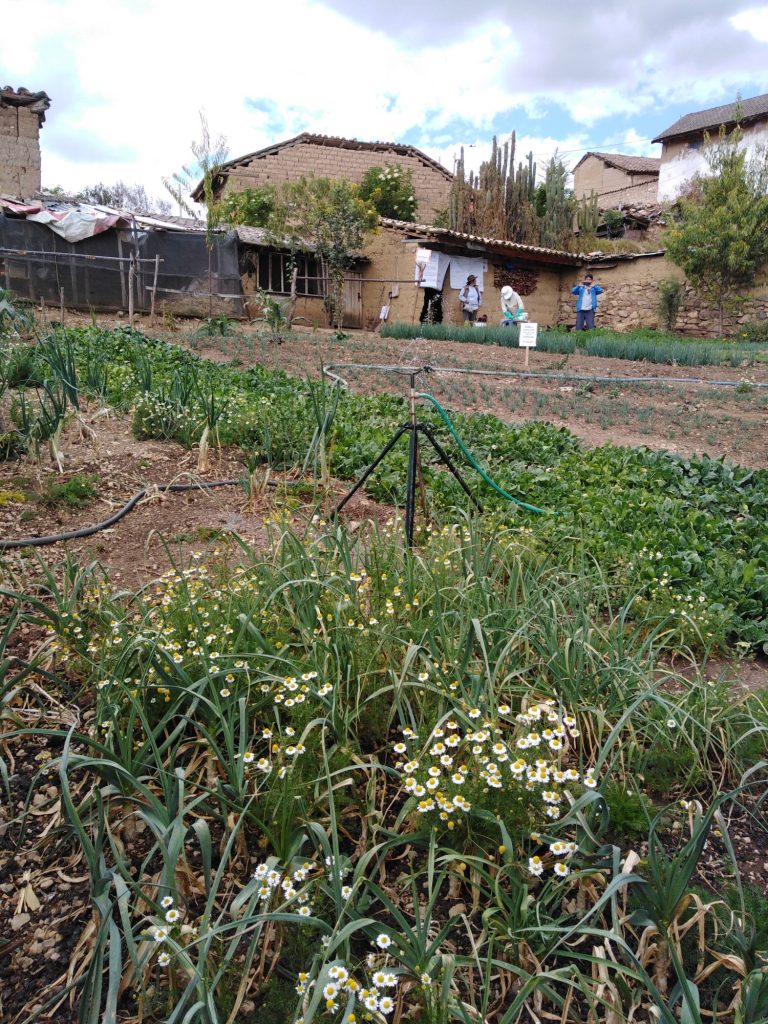
The farms are certified under the SGP certification (Sistema de Garantia Participativo, System of Participatory Guarantees), which requires farmers to use certain practices and to process their yield to a certain standard. It takes three years to be fully certified, and not all farmers who sign up make it to full certification. The vegetable farmers of Pucara have their own processing facility in the center aisle of a previously disused market:
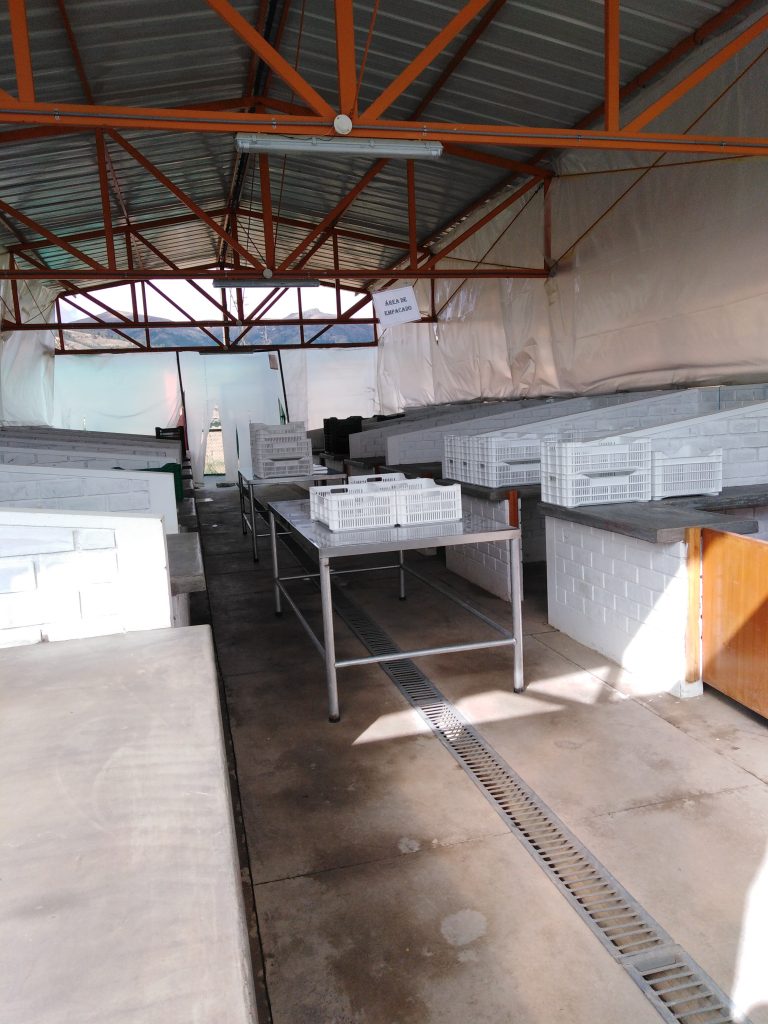
From here, the food is transported to schools either in the Qali Warma delivery truck or a truck they hire (and clean) for the purpose.
In all, the event was an important look into how the Junin pilot is received in the area and how it functions in the context of Pucara; I can see how the model could be flexible enough to adapt itself to other regions, though it would need to establish itself in areas with a strong agriculture sector capable of consistently providing sufficient quantities for the demand of the local schools. In areas where this is not the case, a different approach would be necessary.
